Tourist's guide to London: Stage 1
The Tour de France's Stage 1 starts at the point in London that the Prologue left off - The Mall....

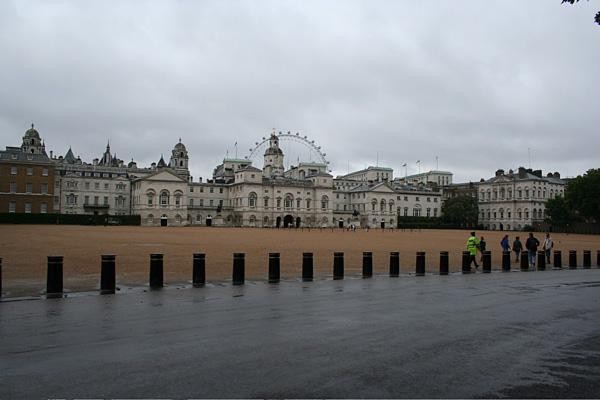

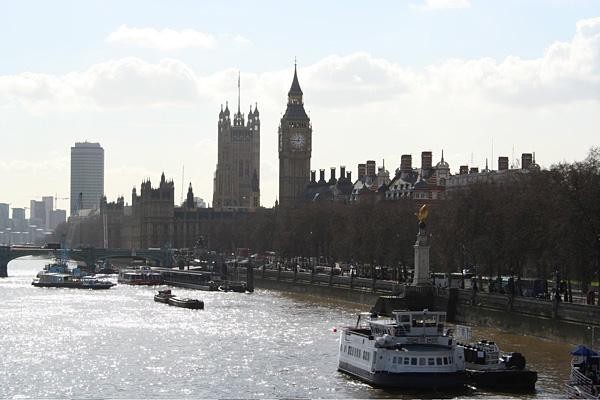
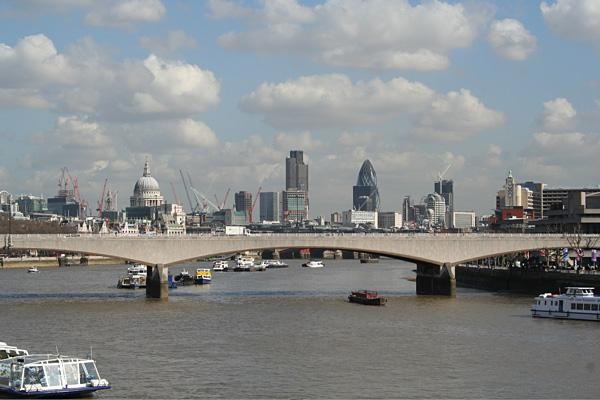


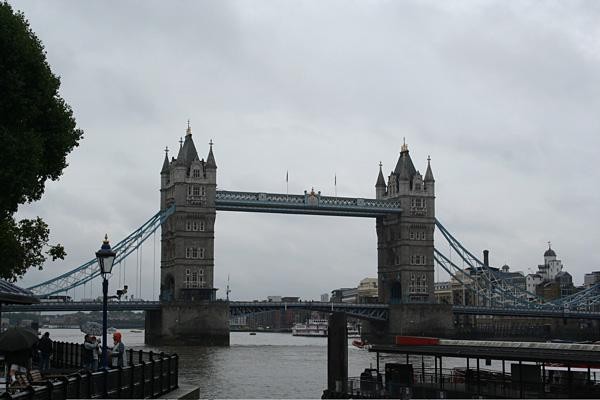








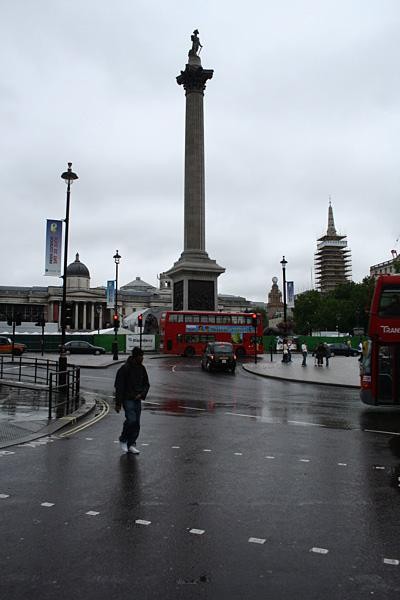








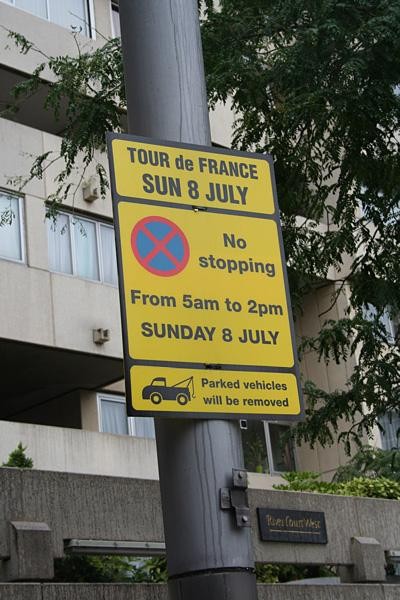








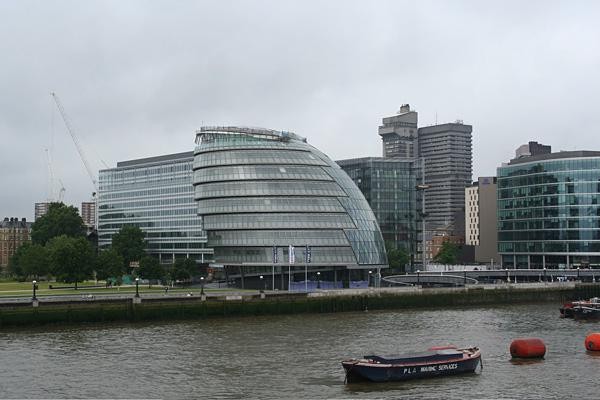
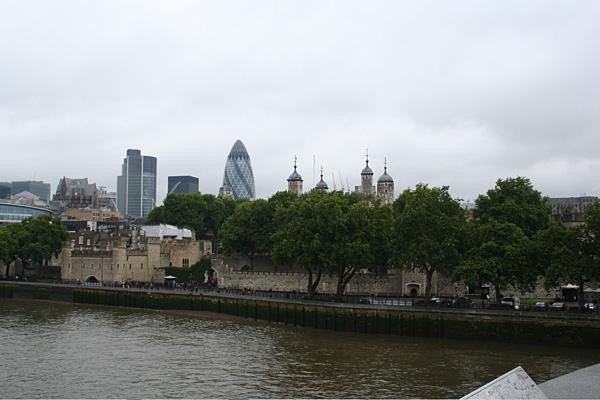


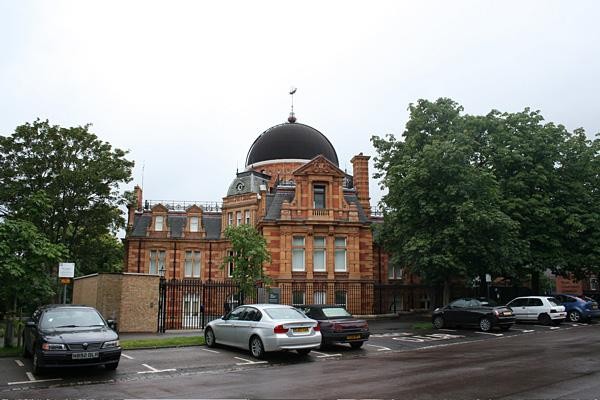




94th Tour de France - ProT
France, July 7-30, 2007
Following on from his Tourist's guide to the Tour de France Prologue route, Cyclingnews scribe Ben Atkins has donned the lycra again to give you an insider's look at Stage 1, where the world's top cyclists will follow in his footsteps next week, albeit a little quicker.
The Tour de France's Stage 1 starts at the point in London that the Prologue left off - The Mall. This is London's grandest boulevard, drawing a straight line between Buckingham Palace - the Queen's official residence in London - at one end and Trafalgar Square - via Admiralty Arch - at the other.
This road is no stranger to sporting excellence as, apart from yesterday's prologue, this is the spot where the London Marathon finishes each April. Of course it was the place where then World Champion Tom Boonen won the sprint from Britons Roger Hammond and Mark Cavendish, to take the final, and most prestigious, stage of last year's Tour of Britain. Boonen and Cavendish will both be here for this stage, and they'll both be looking for victory in Canterbury on this afternoon.
This whole area is brimming with Royal and military presence, but is also home to one of the most tranquil parts of the city: St James's Park. Any riders who want to experience a bit of calm before the storm that will be the first nervous road stage of the world's biggest race could do worse than take a stale loaf of bread to the lakeside and feed the multitude of ducks, geese and other aquatic birds who live there. There are signs requesting visitors not to feed the four pelicans that live here, and riders should also look out for marauding gangs of crazy grey squirrels!
Opposite the park is Waterloo place - featuring a victory column with a statue of the Duke of Wellington on top. Yes, it's him again. We saw a lot of him yesterday, but he was a pretty successful - and very rich - bloke, so he has a pretty big presence in this part of town. Waterloo Place leads to the beginning of Regent Street, which heads up to Piccadilly Circus and on to cross Oxford Street in London's principle shopping district.
At the top of The Mall is Admiralty Arch, part of the headquarters of the Royal Navy, but before we reach there, over to the right is the main parade ground of Horse Guards. This is the location where each June the Trooping of the Colour ceremony takes place where the guards - and other regiments - parade for the Queen's Official Birthday. As a bit of a contrast, this is to be the venue for the beach volleyball tournament during the London Olympics in 2012.
The latest race content, interviews, features, reviews and expert buying guides, direct to your inbox!
At the far side of the parade ground, an anonymous looking brick wall hides the back gardens of Downing Street. There is plenty of high security here, including CCTV cameras and barbed wire. As with the gates on Whitehall, it's not clear whether these are here to keep us out, or them in! I wonder whether recently installed Prime Minister Gordon Brown will be in, to see the race pass so close to his new house. I would be!
Passing through Admiralty Arch, we enter Trafalgar Square. Apart from being a celebration of the great sea battle with Nelson's Column at it's centre, this is also a meeting point of several of the capital's major streets: if we turn 90 degrees to the right we are on Whitehall - home to much of Britain's government departments, and where the Prologue started yesterday; to the left is St Martin's Lane and the Charing Cross Road which lead up towards Covent Garden and the theatre district of the West End and Soho; straight on is the Strand, one of the most fashionable parts of London during the first half of the 20th century, boasting such establishments as the Savoy Hotel and Simpson's in the Strand. Today though, we are taking the second right, heading towards the River Thames down Northumberland Avenue.
On reaching the River Thames, the route will turn right on to the Victoria Embankment. There are several historic sights to be seen along this road, but the most spectacular views are of the opposite bank and straight ahead. To the left, one of the only high buildings in this part of London, the Shell Centre (London headquarters of the eponymous oil giant) dominated the skyline until a few years ago (the turn of the century in fact, as it was erected as part of London's millennium celebrations) when the London Eye was built. Measuring 135 metres high and built right on the riverbank in front of the old County Hall (now the London aquarium), the Eye is basically a giant Ferris wheel, affording amazing, uninterrupted views across London.
To the front, we are heading towards something that we saw in yesterday's prologue: the Houses of Parliament. Riders once again get a chance to check the time, before they turn left again onto Westminster Bridge and the first of three Thames crossings. From the bridge the peloton will be treated to exceptional views up and down the river before it passes out of sight as we head towards Waterloo Station.
Areas around major mainline stations are never the most salubrious of places, and as we turn on to York Road at the side of Waterloo it's no exception. More Duke of Wellington presence creeping in here, as it's named after his great and final victory over Napoleon, but the reason for routing the course this way is far more peaceful. Waterloo is (currently, until the high speed track to King's Cross is completed) the London terminus for the Eurostar, the rail link to Paris and Brussels, and the ultimate (if ruinously expensive) symbol of civilised concorde between Britain and its continental neighbours.
Turning away from the station area, the course runs along Belvedere Road and the area known as the South Bank. Here we pass by the Royal Festival Hall - one of the city's premier concert venues, the Queen Elizabeth Hall, the National Theatre and the London Television Centre before arriving at Blackfriars Bridge and a traverse back to the north side of the River.
At the top of New Bridge Street there are three choices of direction: left takes us into Fleet Street, former home of the British press, the Central Criminal Court (the 'Old Bailey') and the home of the mythical 'Demon Barber', Sweeney Todd; straight on takes us up Farringdon, towards Smithfield and the City. The course turns right here though on to Ludgate Hill, and immediately the enormous, imposing figure of Sir Christopher Wren's greatest work, St Paul's Cathedral dominates the road ahead. Built by Wren towards the end of the 17th century to replace the previous cathedral that was destroyed by the Great Fire. The golden cross at the top of the main dome is 108 metres high and the façade is such that it's really difficult to take the whole thing in from the front. It was here that Prince Charles married Lady Diana Spencer in 1981.
Passing to the side of St Paul's, we head towards Mansion House before swinging left up Queen Victoria Street and the Bank of England. Here in the heart of the financial district, the many columned Bank sits comfortably among the modern skyscrapers like Tower 42 and 'the Gherkin'.
The course swings right, back down towards the River on King William Street, and passes by a 62 metre high stone column topped with a ball of fire. This is the Monument - it needs no other name. It was near this spot in the hot summer of 1666, that a baker's oven in (delicious sounding) Pudding Lane caught fire and caused a conflagration that destroyed around two-thirds of the city. The Great Fire of London - celebrated in the classic children's song London's Burning [that inspired a far better song of the same name by the Clash - Ed] - not only left hundreds of thousands homeless, but it had the positive effect of ending the great plague that had been ravaging the city since the previous year. Sadly, the Monument is swamped by its surrounding buildings, and is no longer such a feature of the London skyline.
As Eastcheap becomes Tower Street and then Tower Hill, another of London's iconic buildings comes into view. Classified as a World Heritage Site by the United Nations, the Tower of London was started by William the Conqueror in 1068, and was continually added to by several monarchs over the centuries until it became what it is today.
After passing around the Tower, we take in our third river crossing - over one of the Victorians' greatest engineering achievements. Tower Bridge - the most easterly and recognisable of London's Bridges - was built to allow tall ships to pass beneath it to reach the docks and the Custom House beyond it. The bridge is rarely called upon to open these days, as very little large traffic comes this far up the river.
On crossing the river, there will be a special ceremony with London's Mayor: Ken Livingstone, whose headquarters are in City Hall on the southern bank. Luckily we are still in the neutral zone!
Inevitably, as we head away for the city centre, the tourist attractions become rather thinner on the ground than before. Once across the river we turn left on to Jamaica Road and pass by the districts of Southwark, Bermondsey and Rotherhithe.
As the road crosses Deptford Creek - a tributary of the Thames - it heads into Greenwich where the Depart Réel will be given. Towards the river stands the sadly charred hulk of the Cutty Sark an - until recently - beautifully preserved tea clipper left in dry dock as a museum to London's trading past. Sadly, last month, while renovation work was being undertaken, a fire caused extensive damage to the ship, which will take years to put right.
Further along, the road passes between the Old Royal Naval College - now part of the University of Greenwich - and the national Maritime Museum. The skyline to the left is dominated by the skyscrapers of Canary Wharf, built on London's old derelict docklands area on the Isle of Dogs, and the Millennium Dome (now called the O2 after the mobile phone company that sponsors it). To the right though, on top of the hill in Greenwich Park is the reason that the real start is here, the Royal Observatory, and the thing that put London in the centre of the trading world, the Greenwich Meridian.
Any riders with GPSs would do well to check them here; the Greenwich Meridian is zero degrees longitude, and therefore the point against which the position of every other place in the world is measured. It is also this place that gives its name to Greenwich Mean Time (although for daylight saving purposes we are currently on British Summer Time), which is also the time that clocks all over world are set in relation to.
There is a tired old cliché that goes something like, "when a man is tired of London, he is tired of life", so it will be with heavy heart that the peloton heads east along the Trafalgar Road through Woolwich towards Plumstead, Erith and Kent. But having checked their bearings, and set their watches, the riders can safely continue on their pilgrimage to Canterbury, safe in the knowledge that they know their place in the world.
Also see Tourist's guide to London: Tour 2007's Prolouge Route.
